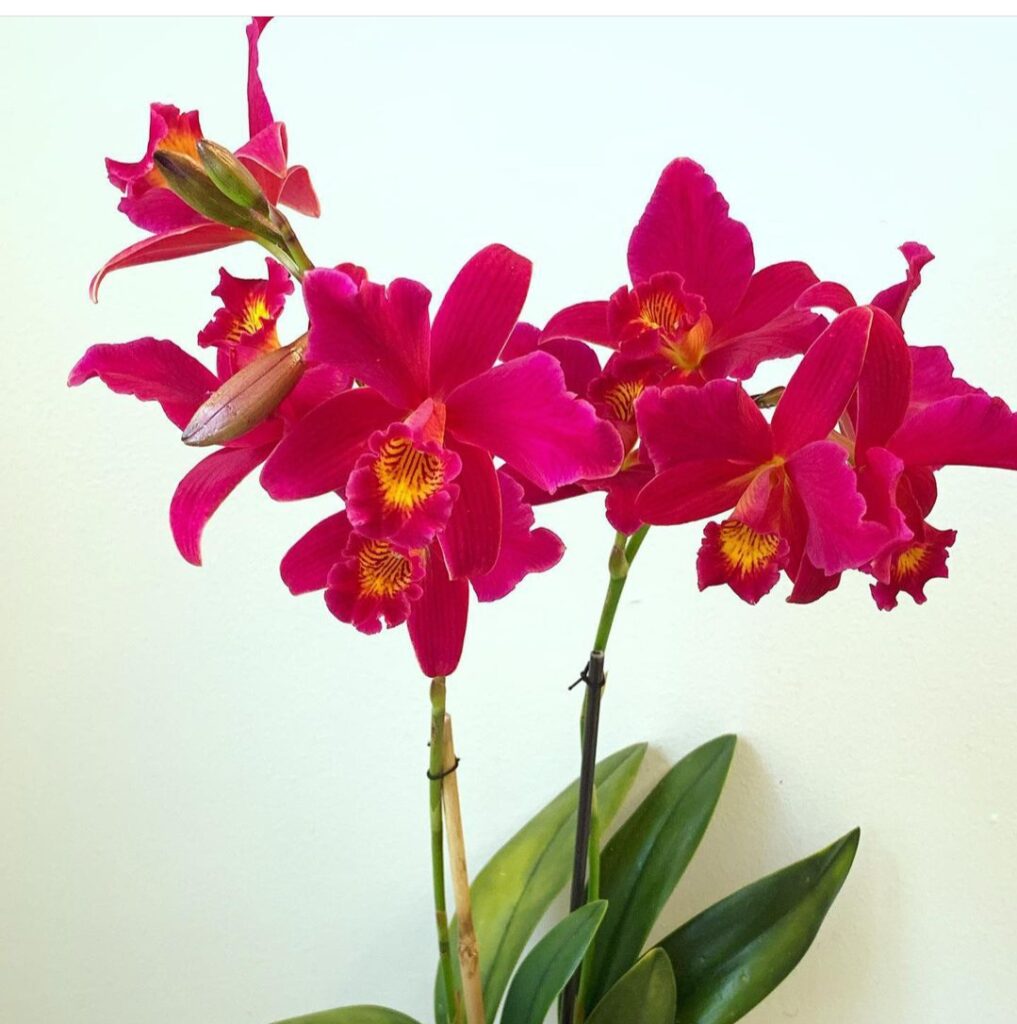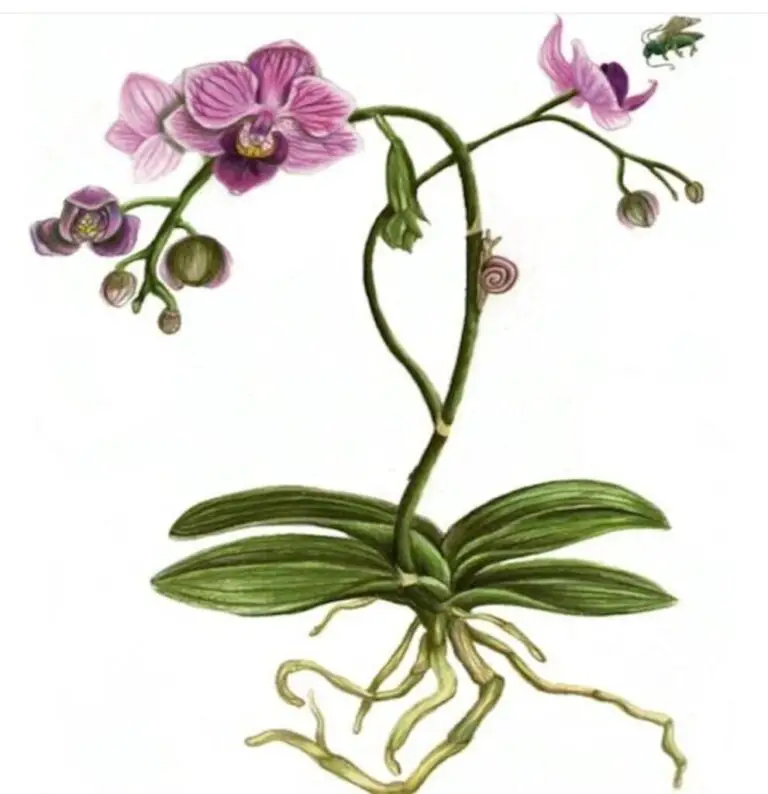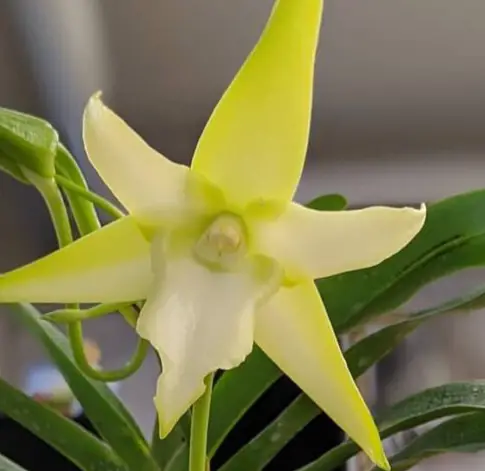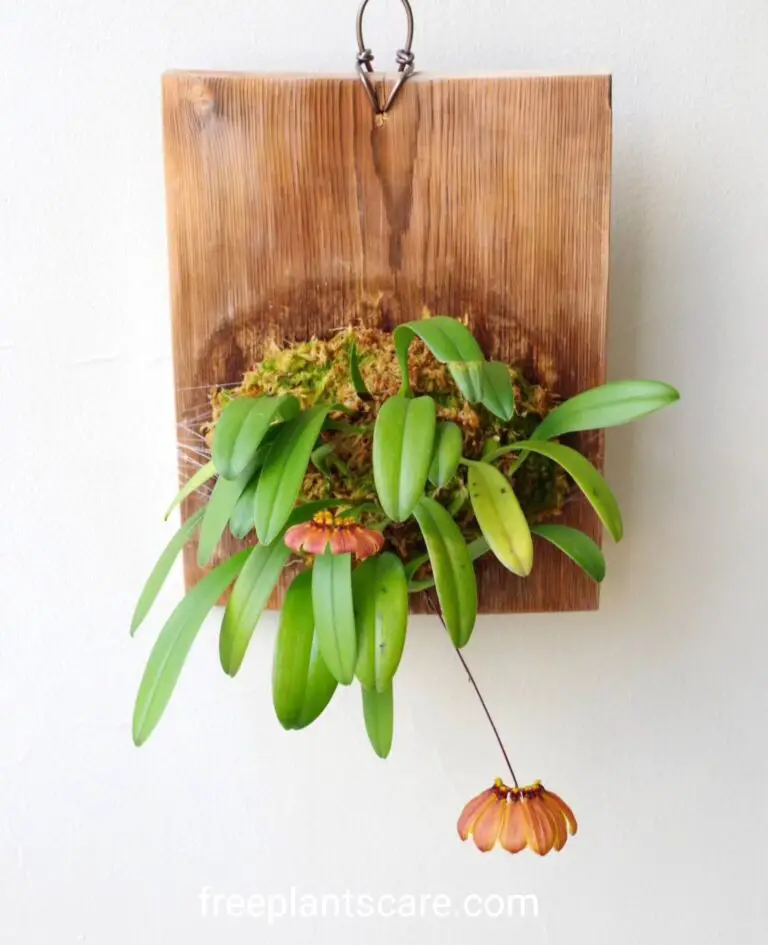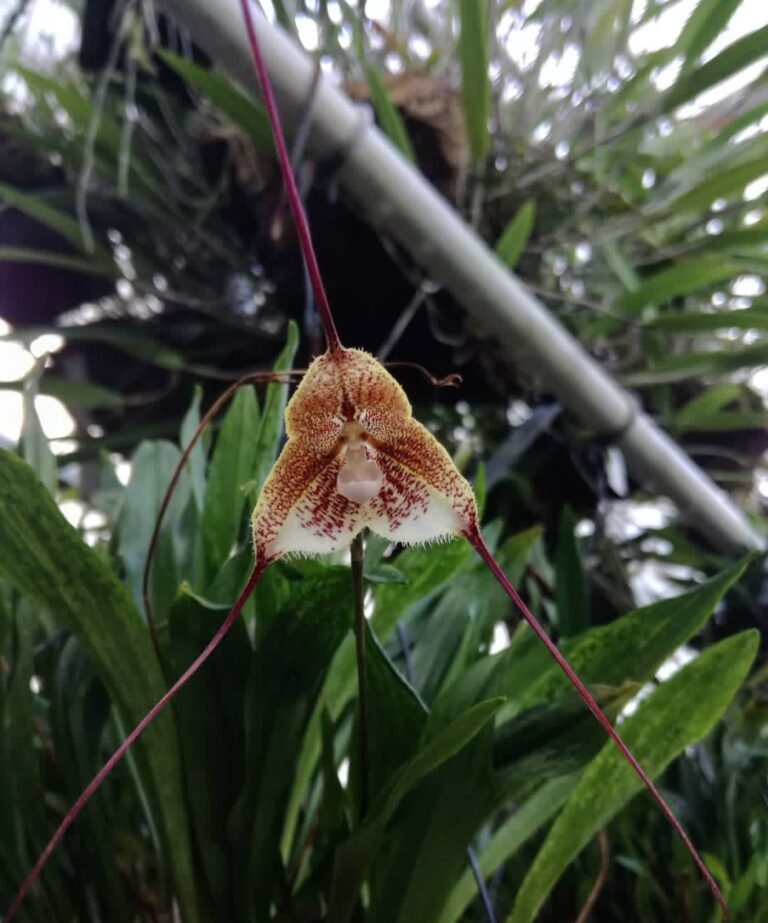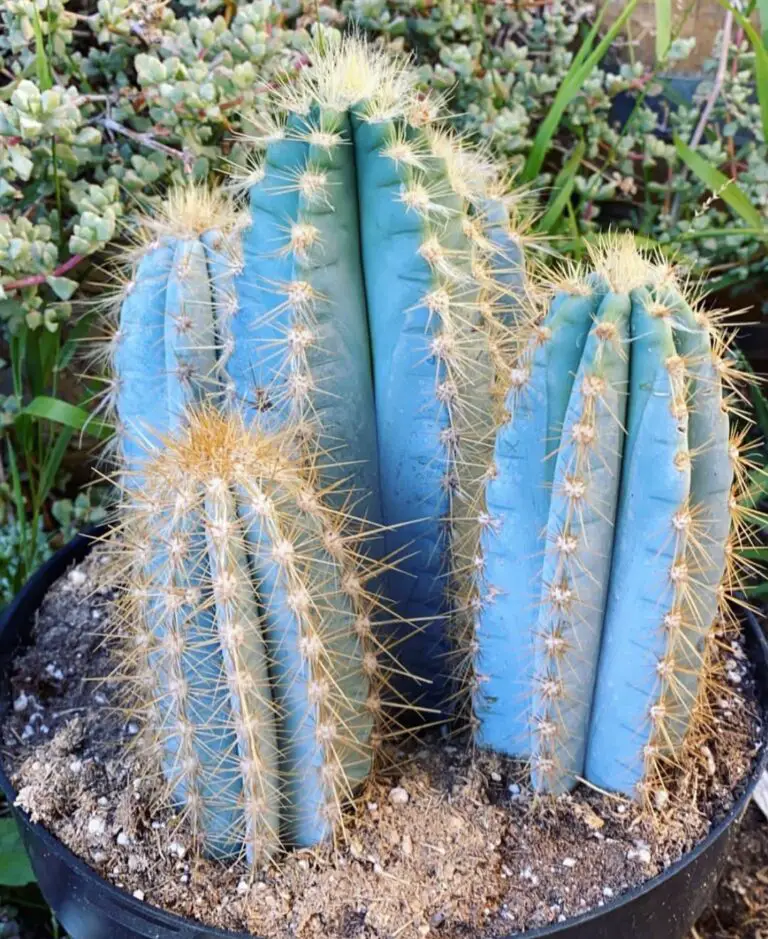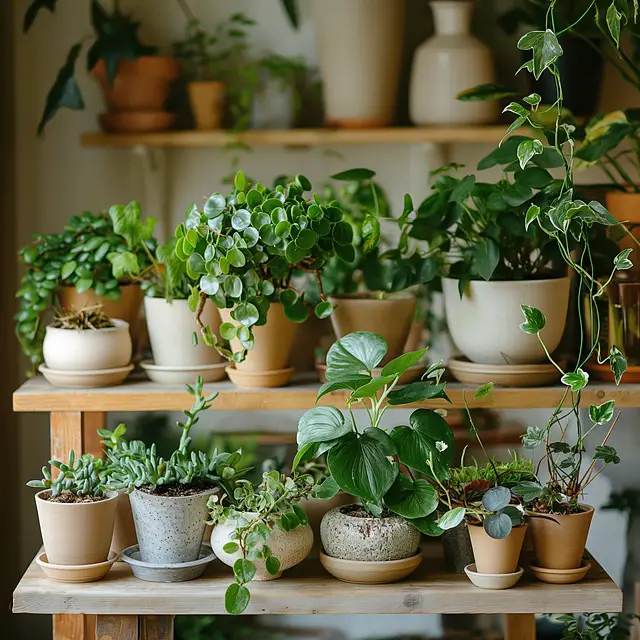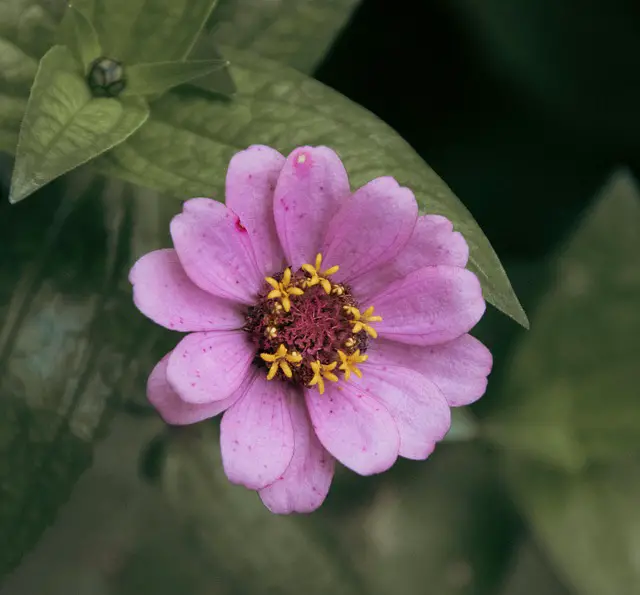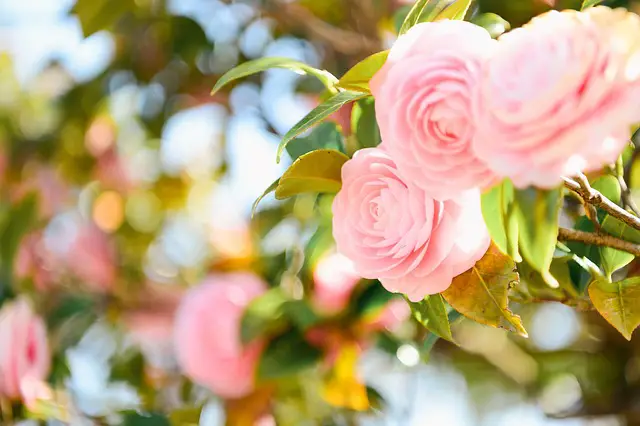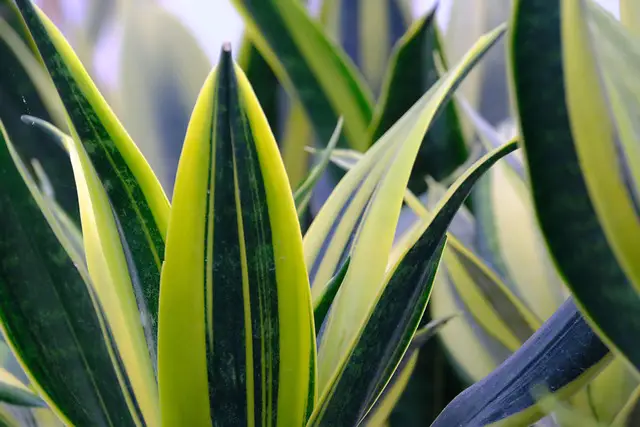Laelio cattleya orchids is a mesmerising and exotic hybrid orchid that combines the stunning traits of two of its parent genera, Laelia and Cattleya. This intergeneric hybrid orchid boasts breathtaking, vibrant blooms that can mesmerise anyone with their colours ranging from pale white to deep red, pink, yellow, purple, and more. The Laeliocattleya orchid is considered an epiphyte and grows on other plants in its native Central and South American regions.
This hybrid orchid thrives in bright indirect light and high humidity, making it a great choice for orchid enthusiasts who love to care for exotic plants. Despite being a little demanding in their care, Laeliocattleya orchids can offer a rewarding experience to their growers with their spectacular blooms that are simply irresistible.
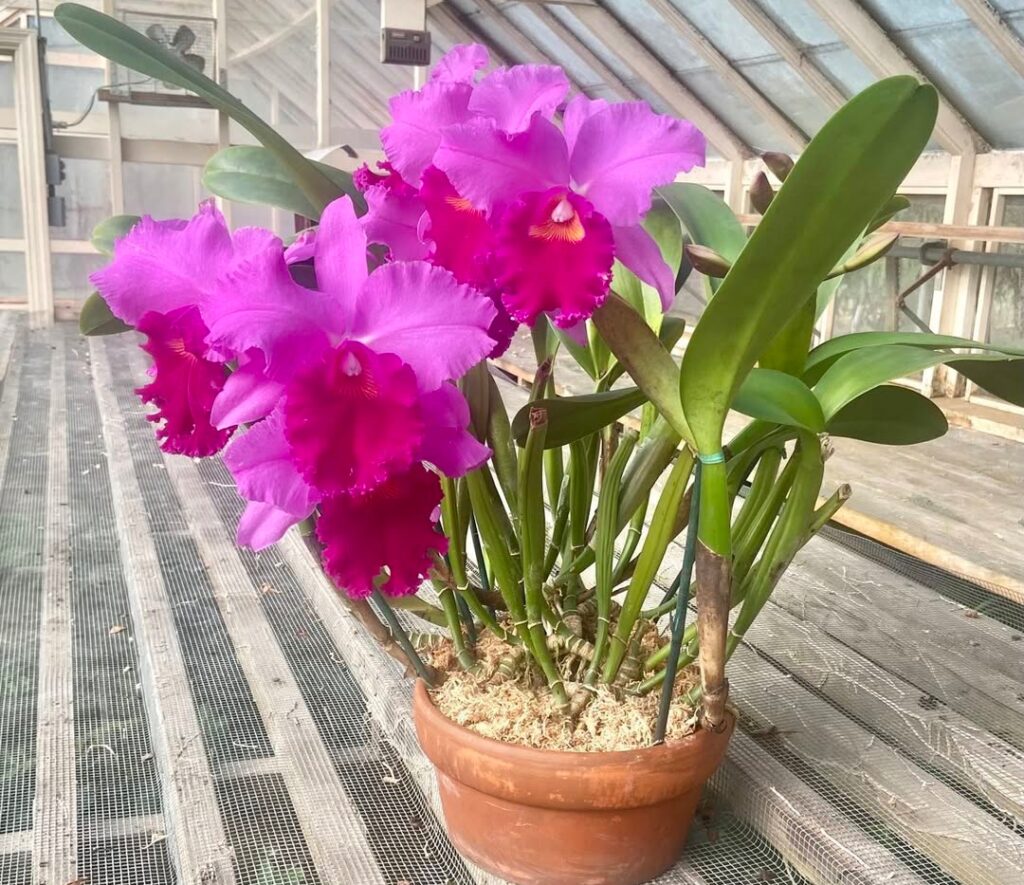
Laelio cattleya orchids are some of the most beautiful and sought-after orchids in the world. Their stunning blooms and unique colours make them a favourite among orchid enthusiasts and collectors alike. However, these orchids can be somewhat challenging to care for and grow, especially for those new to orchid cultivation. That’s where this guide comes in.
In this article, we will explore everything you need to know to for and grow your Laelio cattleya orchids, including light, water, temperature, soil, fertilizer, and more.
Whether you’re a seasoned orchid grower or a beginner, you’ll find the tips and tricks you need to help your Laelio cattleya orchids thrive and produce breathtaking blooms. So, let’s dive in and discover the secrets of growing these stunning orchids!
Light Requirements
Laelio Cattleya orchids require bright, indirect sunlight to grow well. Direct sun exposure can scorch the leaves, so it’s essential to provide filtered light. Indoors, place them near an east-facing window or use a sheer curtain for south-facing windows. If growing outdoors, position them under a shade cloth or in dappled light to avoid overexposure.
Pay attention to the signs your orchid gives regarding light. Yellow or sunburned leaves indicate too much light, while dark green leaves and a lack of blooms suggest insufficient light. Adjust the placement accordingly to meet their light needs.
Temperature and Humidity
Laelio Cattleya orchids thrive in warm temperatures. During the day, maintain temperatures between 70–85°F (21–29°C), and at night, ensure they drop to 55–65°F (13–18°C). This temperature variation mimics their natural environment and encourages healthy growth and blooming.
Equally crucial is humidity, which is best at 50–70%.If your environment is dry, increase humidity by misting the leaves, using a humidity tray, or placing a humidifier nearby. However, ensure good air circulation to prevent fungal infections, as stagnant, moist air can harm the plant.
Watering Needs
Watering Laelio Cattleya orchids requires a careful balance. Water the plant when the potting medium is nearly dry but not completely dried out. Root rot can result from overwatering, and dehydration might result from underwatering.
When watering, soak the roots thoroughly and let the excess water drain completely. Avoid letting the pot sit in standing water, as this can harm the roots. Adjust your watering schedule based on the season—water more frequently during the active growth period (spring and summer) and reduce watering during dormancy (fall and winter).
Potting Medium and Repotting
Choosing the right potting medium is essential for healthy growth. Use a mix of bark, perlite, and sphagnum moss, which provides excellent drainage and allows air to reach the roots.
Repot your orchid every 2–3 years or when the medium starts to decompose. Repotting is also necessary if the plant outgrows its pot. To repot, gently remove the orchid from its current pot, trim any dead roots, and replant it in fresh medium. Ensure that the rhizome sits slightly above the potting mix to prevent rot.
Fertilization
Fertilizing is crucial for the healthy growth of Laelio Cattleya orchids. Use a balanced orchid fertilizer, such as one with a 20-20-20 ratio, or opt for a fertilizer high in phosphorus (10-30-20) to promote blooming.
Feed your orchid every two weeks during the active growth phase and reduce feeding to once a month during dormancy. In order to prevent overfertilization, which can harm the roots, the fertiliser should always be diluted to half its recommended concentration.
Pruning and Maintenance
Regular maintenance helps keep your orchid healthy. After the blooming period, cut off the spent flower spikes to encourage new growth and conserve the plant’s energy.
Take precautions against pests such as scale, mealybugs, and spider mites. Neem oil or insecticidal soap can be used to treat infestations.Also, monitor for signs of fungal infections, which often result from overwatering or poor ventilation. Use fungicides if needed and ensure proper airflow around the plant.
Blooming Tips
Laelio Cattleya orchids typically bloom once a year, although some hybrids may bloom more frequently. To encourage blooming, maintain a consistent drop in temperature between day and night, provide sufficient light, and fertilize regularly.
If your orchid refuses to bloom, evaluate its care routine. Factors like insufficient light, overwatering, or a lack of temperature fluctuation could be hindering its bloom cycle. With patience and proper care, your orchid will reward you with stunning flowers.
Choosing the Right Pot
The type of pot you use plays a crucial role in the health of your Laelio Cattleya orchids.
Preferred Material: Use a clay or plastic pot with drainage holes to prevent waterlogging. Clay pots are ideal because they allow for better aeration, but plastic pots retain moisture longer, which is beneficial in drier climates.
Size Matters: Select a pot that accommodates the roots without overcrowding. Orchids prefer slightly snug pots, as this mimics their natural epiphytic growing conditions.
Seasonal Adjustments
Laelio Cattleya orchids have slightly different care needs depending on the season.
Spring and Summer: This is the growing phase. Increase watering, fertilization, and provide bright light. Keep an eye out for indications of active growth, including fresh roots or shoots.
Fall and Winter: Cut back on watering and fertilise during dormancy. Keep the orchid in a cooler area with bright light to prepare it for the next bloom cycle.
Signs of a Healthy Orchid
To ensure your care routine is effective, look for the following signs of a healthy Laelio Cattleya orchid:
Firm, Green Leaves: Leaves should not be yellowing or shriveled.
White or Light Green Roots: These indicate healthy roots.
Consistent Growth: New leaves, roots, or flower spikes show the orchid is thriving.
If you notice issues like blackened roots, drooping leaves, or a lack of new growth, reassess your care practices and address any potential problems promptly.
By incorporating these additional tips, you’ll create an ideal environment for your Laelio Cattleya orchids. With consistent care and attention, these orchids can become the centerpiece of your indoor or outdoor garden, rewarding you with their stunning blooms and vibrant presence.
